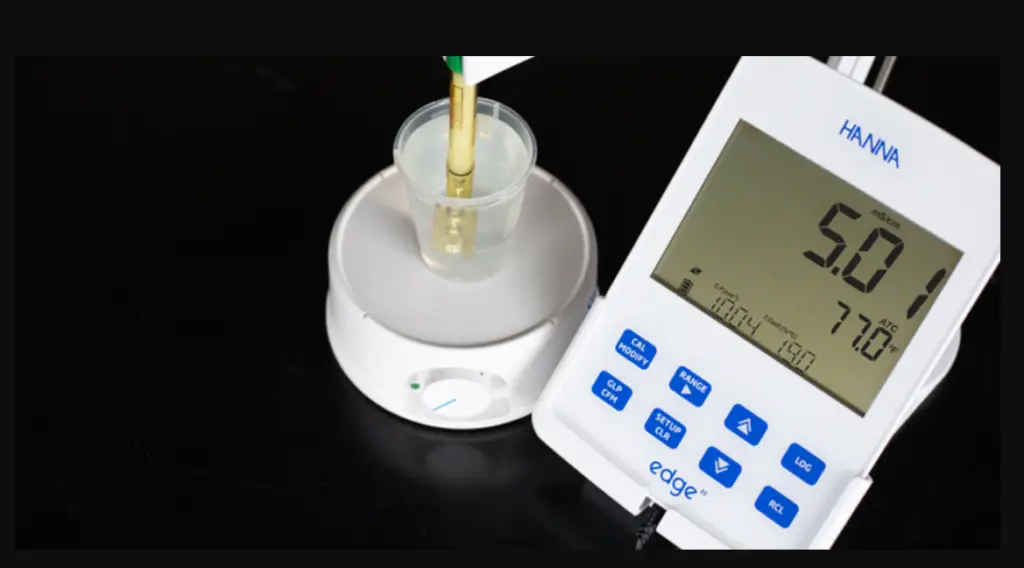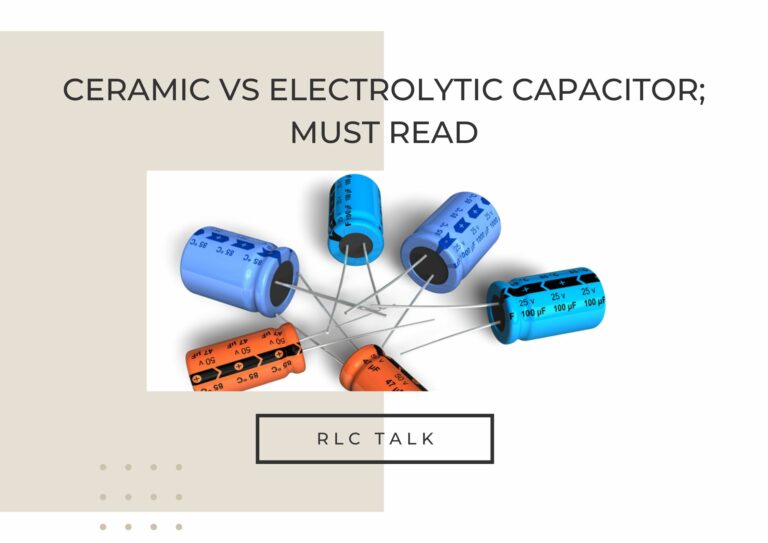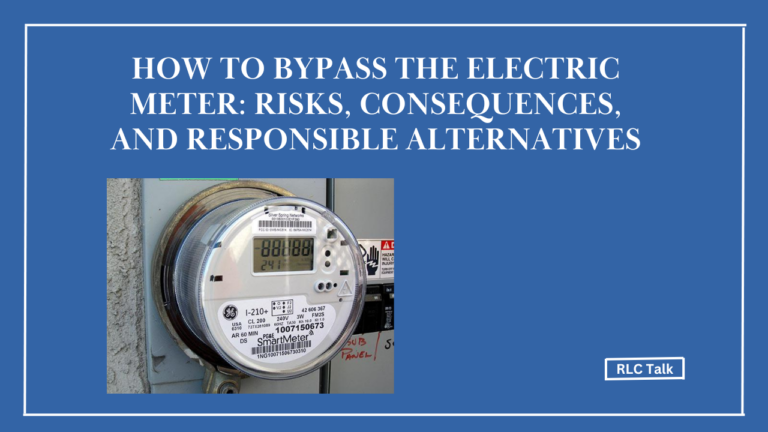Uncovering the Physically Fabulous of Electrical Conductivity
Electrical conductivity is a fundamental concept in physics and engineering that is used to understand and control the flow of electrical current. It is the measure of a material’s ability to allow electrons to flow through it.
This concept is used in a variety of applications, from electrical wiring to batteries.
Understanding electrical conductivity is essential for anyone who works with electricity, as it can help to identify the most suitable materials for a given application.Let’s discuss the different types of electrical conductivity, the factors that affect it, how it is measured, and the various applications of this important concept.
Types of Electrical Conductivity
When discussing electrical conductivity, it is important to understand the different types of materials that can conduct electricity. The three main types of electrical conductivity are metals, semiconductors, and insulators.
Metals are the most common type of electrical conductor. They are composed of free electrons that can move freely through the material, allowing electricity to flow. Metals are used in many electrical applications, such as wiring, electronics, and batteries.
Semiconductors are materials that can conduct electricity, but not as well as metals. They are made up of electrons that are bound to atoms, making them less mobile than in metals. Semiconductors are used in many electronic devices, such as transistors and diodes.
Insulators are materials that do not conduct electricity. They are composed of electrons that are tightly bound to atoms, making them unable to move and thus unable to conduct electricity. Insulators are used in many electrical applications, such as electrical wiring and insulation.
Understanding the different types of electrical conductivity is important for designing and constructing electrical systems. Knowing which materials are conductors and which are insulators can help ensure that electrical systems are properly designed and constructed.
Maximizing Conductivity: The Importance of Solder-Coated Wire Conductors
rlc talk
Factors Affecting Electrical Conductivity
When it comes to electrical conductivity, there are a few factors that can affect it. In this blog section, we’ll be taking a look at three of the most important ones: temperature, pressure, and impurities.

Temperature
Temperature is one of the most significant factors when it comes to electrical conductivity. Generally speaking, the higher the temperature, the higher the electrical conductivity. This is because higher temperatures cause the atoms in a material to vibrate more, which makes it easier for electrons to move through the material.
This means that materials with higher temperatures tend to be better conductors of electricity. For example, copper is a great conductor of electricity, and its electrical conductivity increases as its temperature increases.
Pressure
Pressure is another factor that can affect electrical conductivity. Generally speaking, the higher the pressure, the lower the electrical conductivity. This is because higher pressures cause the atoms in a material to be more tightly packed together, which makes it harder for electrons to move through the material.
This means that materials with higher pressures tend to be poorer conductors of electricity. For example, diamond is a poor conductor of electricity, and its electrical conductivity decreases as its pressure increases.
Impurities
This means that materials with more impurities tend to be poorer conductors of electricity. For example, aluminum is a great conductor of electricity, but its electrical conductivity decreases as the amount of impurities in the material increases.
Impurities are also a factor that can affect electrical conductivity. Generally speaking, the more impurities there are in a material, the lower the electrical conductivity. This is because impurities can disrupt the flow of electrons through the material, making it harder for electricity to flow.
These are just a few of the factors that can affect electrical conductivity. Temperature, pressure, and impurities are all important factors to consider when looking at the electrical conductivity of a material.
Measurement of Electrical Conductivity

Measuring electrical conductivity is essential to understanding how electricity works and how it can be used in various applications. In this section, we will discuss the three main methods of measuring electrical conductivity: Ohm’s Law, electrical resistivity, and conductivity meters.
Ohm’s Law
Ohm’s Law is a fundamental equation used to measure electrical conductivity. It states that the current (I) passing through a conductor is directly proportional to the voltage (V) applied across it, and inversely proportional to the resistance (R) of the conductor. This equation can be expressed as I = V/R.
For example, if you have a wire with a resistance of 10 ohms and you apply a voltage of 5 volts across it, the current passing through the wire will be 0.5 amps. This equation is used to calculate the current, voltage, and resistance of a conductor, depending on the other two values.
Electrical Resistivity
Electrical resistivity is a measure of how well a material resists the flow of electric current. It is calculated by dividing the voltage applied across a material by the current passing through it. The unit of electrical resistivity is ohm-meters (Ωm).
The electrical resistivity of a material is affected by temperature, pressure, and impurities. For example, metals typically have a higher electrical resistivity at higher temperatures, while semiconductors have a lower electrical resistivity at higher temperatures.
Conductivity Meters
Conductivity meters are instruments used to measure the electrical conductivity of a material. They measure the electrical resistance of a material and convert it into a conductivity value. Conductivity meters are used in a variety of applications, such as testing the purity of water, measuring the conductivity of soil, and monitoring the
Understanding electrical conductivity is an essential part of many aspects of everyday life, from the wiring in our homes to the batteries that power our mobile devices. Having a basic understanding of the types of conductivity, the factors that influence it, and how to measure it are incredibly valuable skills to have in order to ensure that our electrical systems remain safe and efficient.
As technology continues to evolve, we must stay up to date on the latest advancements in electrical conductivity to keep our systems running smoothly. For anyone looking to increase their knowledge on this important topic, there are plenty of resources available to learn more about the wonders of electrical conductivity.
Copper For Electrical Wiring: The Science Behind It
rlc talk
FAQs.
Q: What is electrical conductivity?
Q: Is electrical conductivity a physical property?
Q: How is electrical conductivity measured?
Q: What materials have high electrical conductivity?
Does Solder Conduct Electricity?
rlc talk







